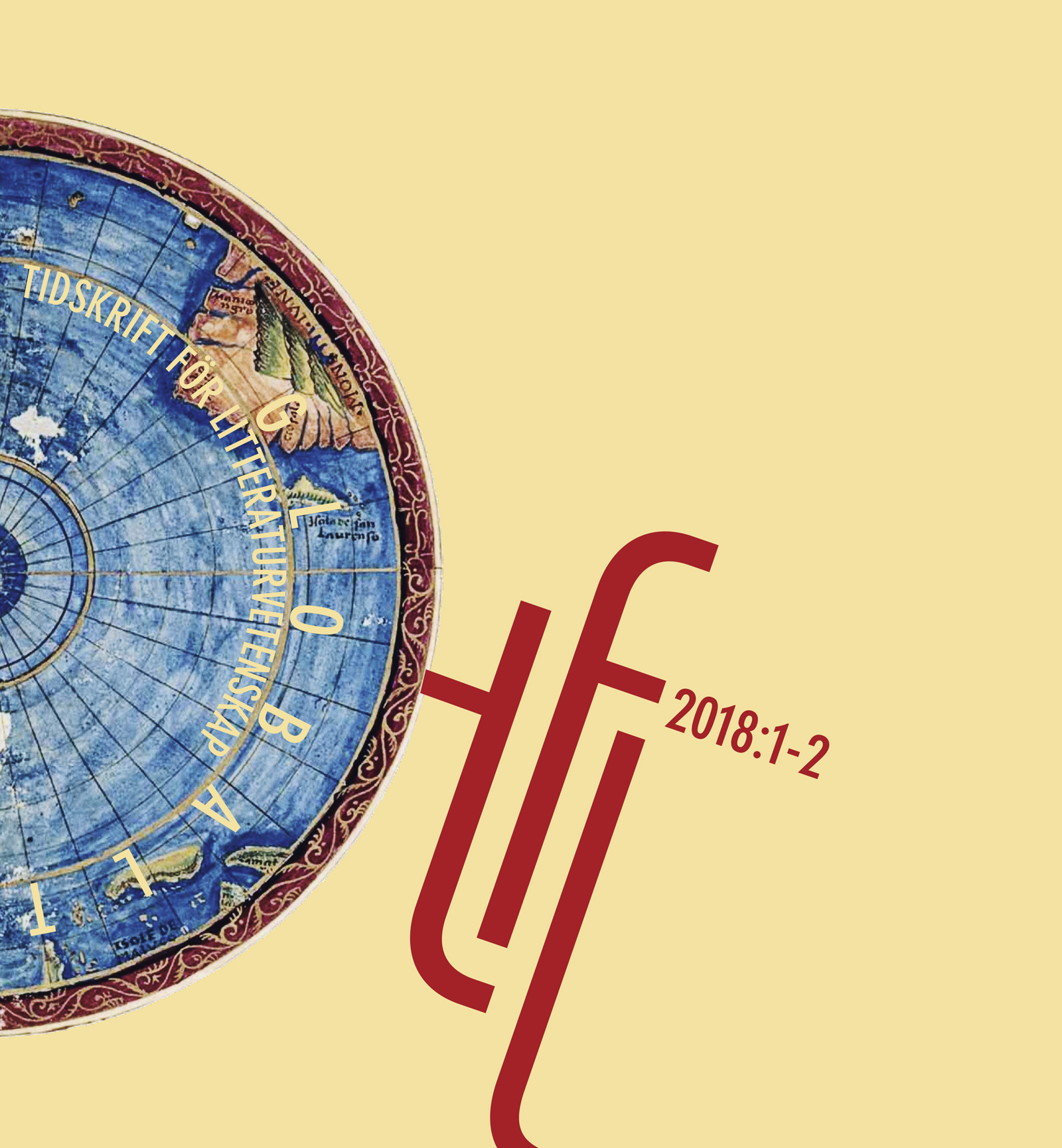”Vårvindar friska” och världen
DOI:
https://doi.org/10.54797/tfl.v48i1-2.7618Nyckelord:
World literature, poetry reception, song lyrics, YouTube, Julia Nyberg (Euphrosyne)Abstract
”Vårvindar friska” (Fresh Spring Breezes) and the World
With a point of departure in a specific case of poetry reception the article aims to nuance the contemporary discussions of world literature, by paying attention to song performances, anthologies and the digital archive as central media for transnational circulation of poetry in a historical perspective. The article examines the national and international reception of the poem, or song lyrics known as ”Vårvindar friska” (1828, Fresh Spring Breezes) by the Swedish romantic poet Julia Nyberg (pseud. Euphrosyne). Nyberg used a traditional melody when composing her text and it was further adjusted to a specific image of the Nordic traditional song when it was included in the Swedish canon. The reception history shows how the song became associated with Swedishness and on that account subjected to a whole range of ideological and commercial agendas. Today, several interpretations and performances of the song are available on YouTube, and the user comments demonstrate that they generate interest in the words, including the original, full text.
The case of ”Vårvindar friska” also provides an opportunity to highlight central types of media through which world literature has been envisioned during two formative periods. In the second half of the nineteenth century, poetry anthologies were considered important media for the collection and dissemination of world literature. In our own century, YouTube seems to have taken over some of these tasks and expectations which also relate to the more general question of world literature in a digital age. The obvious differences notwithstanding, the presence (or non-presence) of ”Vårvindar friska” and other Swedish romantic poetry in translation anthologies and in the YouTube archive, point out some similar features, such as the principles of recycling and remediation and identity formation as a driving force. The two reception contexts shed light on each other as well as further complicating our understanding of the dynamics between availability and impact on a world-wide scale.
Nedladdningar
Downloads
Publicerad
Referera så här
Nummer
Sektion
Licens
Författaren/författarna behåller copyright till verket






